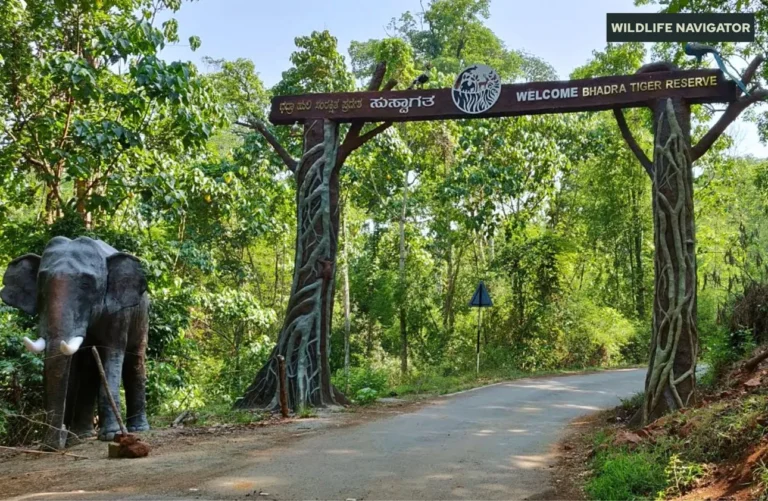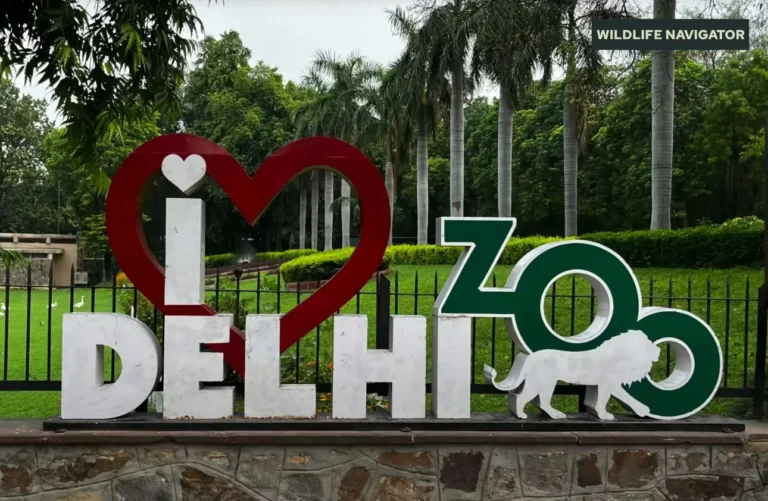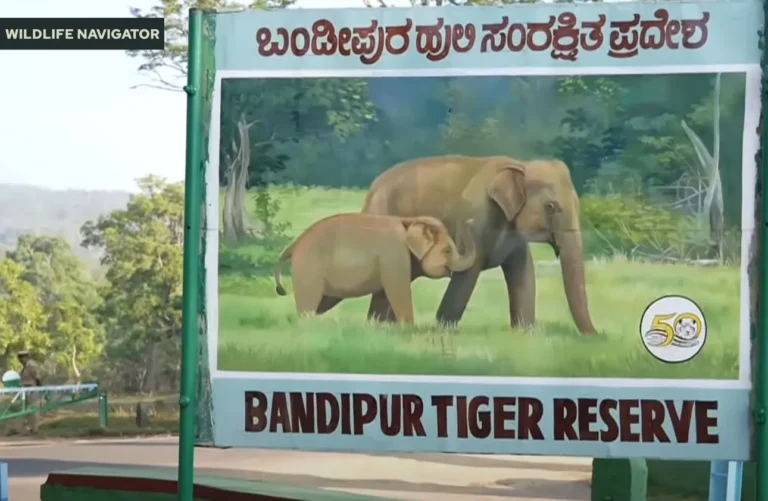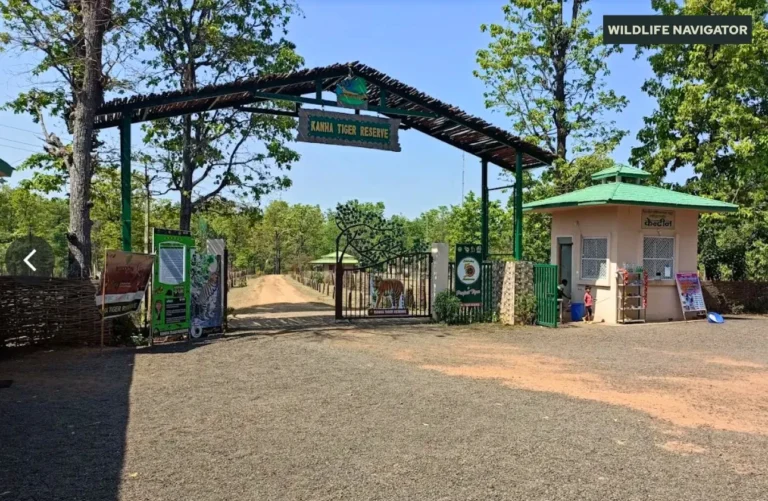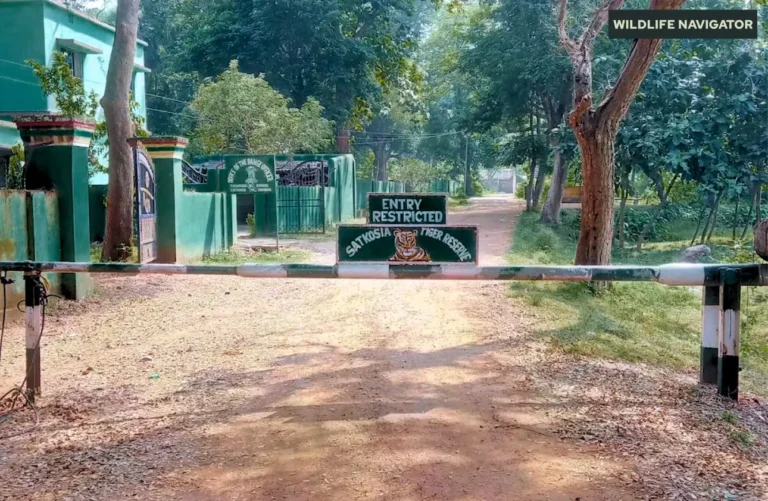Jim Corbett National Park, Uttarakhand
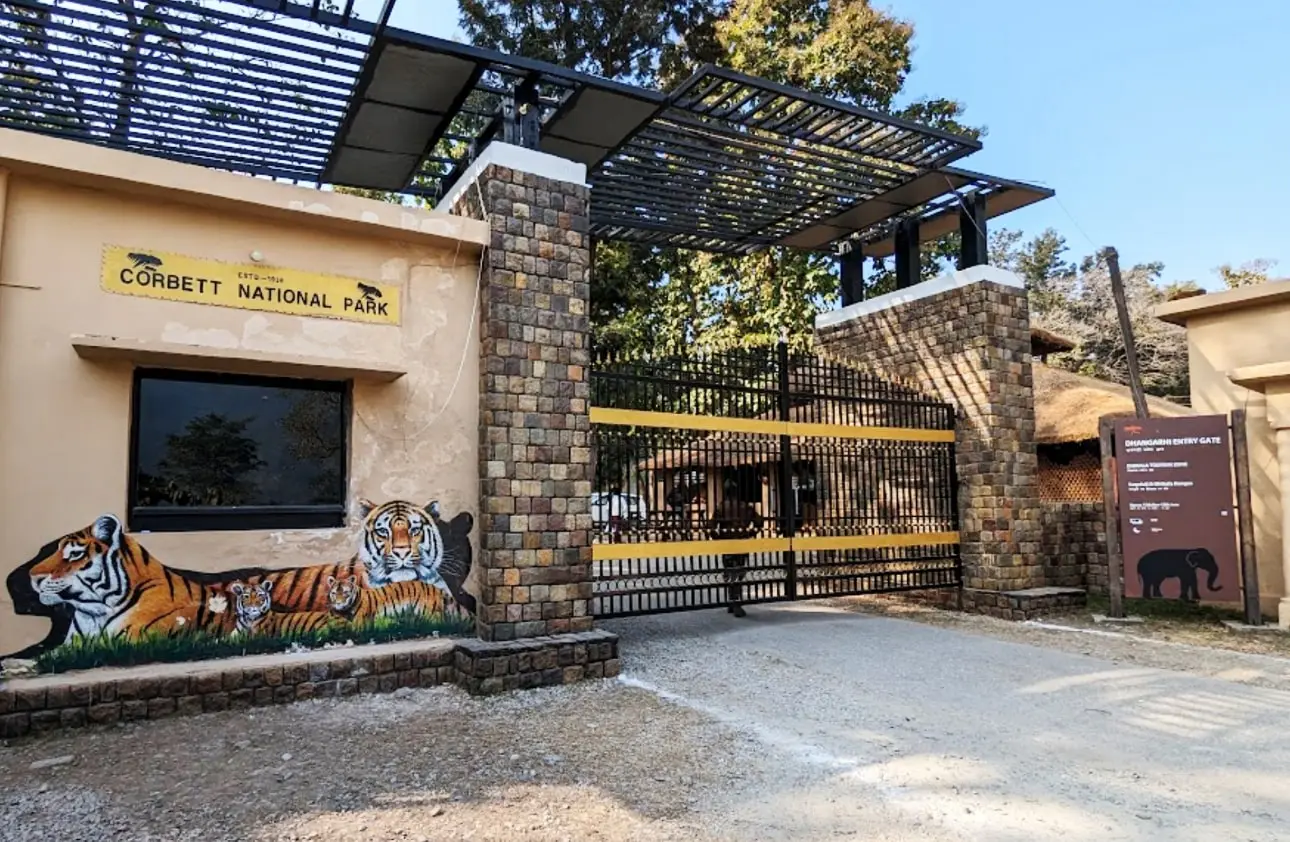
Welcome to Jim Corbett National Park, India’s oldest and one of the most iconic wildlife sanctuaries.
Ever wondered what it feels like to explore a land where diverse landscapes—from hills to grasslands—meet under the vast Uttarakhand sky?
Established in 1936 and originally known as Hailey National Park, this remarkable sanctuary was renamed in 1957 to honor Jim Corbett, a legendary hunter-turned-conservationist who helped create this refuge for wildlife.
Imagine walking through a world where the Indian elephant roams free and the elusive Himalayan black bear hides in the shadows.
Spanning over 520 square kilometres, Jim Corbett National Park is not only a paradise for nature lovers, but also a cornerstone of Project Tiger, India’s initiative to protect the endangered Bengal tiger.
Historical Significance and Importance
- 1936 Establishment: Originally named Hailey National Park, it was the first national park in India, marking a significant step in wildlife conservation.
- Renaming in 1957: In recognition of Jim Corbett’s role in protecting wildlife, particularly tigers, the park was renamed after him.
- India’s First National Park: As the first national park in India, it set a precedent for wildlife conservation in the country. It highlighted the need to protect endangered species and their habitats.
- Role in Project Tiger: Jim Corbett National Park was one of the first to be included in Project Tiger, launched in 1973. This initiative aimed to protect the Bengal tiger and its habitat, significantly contributing to the conservation of this iconic species.
Location and Geography
- Location: Jim Corbett National Park is located in Uttarakhand’s Nainital district, with Ramnagar as the nearest town and main entry point to the park.
- Geographical Features: The park spans over 520 square kilometres and boasts a diverse landscape that includes.
- Hills: Rolling hills provide a scenic backdrop to the park.
- Riverine Belts: Rivers and streams, including the Ramganga River, flow through the park.
- Marshy Depressions: Wetlands that support a variety of wildlife.
- Grasslands: Open meadows that are ideal for spotting herbivores.
- Large Lake: Adds to the ecological diversity of the park.
Climate and Best Time to Visit
The climate of Jim Corbett National Park varies with the seasons:
- Winter (November to February): Cool and pleasant, making it an ideal time for wildlife safaris.
- Summer (March to June): Warm, but still a good time for safaris as animals are often seen near water sources.
- Monsoon (July to September): Heavy rainfall, and the park is usually closed for visitors during this period to protect the wildlife and the environment.
The best time to visit the park is from November to June when the weather is favourable for safaris and wildlife sightings.
Flora and Fauna
- Flora:
- Dense Moist Deciduous Forests: These forests are lush and vibrant, providing a rich habitat for various wildlife.
- Sal Trees: Dominating the landscape, these trees are crucial to the park’s ecosystem.
- Mixed Forests: A blend of different tree species, adding to the park’s diversity.
- Grasslands: Open areas that support a variety of herbivores and predators.
- Fauna:
- Mammals:
- Bengal Tiger: The park is famous for its thriving tiger population.
- Indian Elephant: These majestic creatures are often seen in herds.
- Himalayan Black Bear: Found in the higher altitudes of the park.
- Leopard: Elusive and stealthy, they are a thrilling sight.
- Sloth Bear: Known for their shaggy coats and distinctive snouts.
- Birds:
- Over 600 Species: Including the rare and beautiful Bengal florican, making it a birdwatcher’s paradise.
- Reptiles:
- Crocodiles: Often spotted in the park’s water bodies.
- Various Species of Snakes: Adding to the park’s rich reptilian diversity.
- Mammals:
Zones and Safari Options
Jim Corbett National Park offers a variety of zones, each with its unique charm and safari options:
- Dhikala Zone: Largest and most popular, offering canter safaris for viewing tigers, elephants, and other wildlife.
- Largest and Most Popular: Known for its abundant wildlife and breathtaking scenic beauty.
- Safari Options: Canter safaris are available, providing a great opportunity to spot tigers, elephants, and other wildlife.
- Bijrani Zone: Diverse flora and fauna, jeep safaris are available.
- Diverse Flora and Fauna: This zone is rich in biodiversity.
- Safari Options: Jeep safaris are available, offering a thrilling experience to explore the wilderness.
- Jhirna Zone: Open year-round, known for sloth bears, jeep safaris available.
- Open Year-Round: Unlike other zones, Jhirna is accessible throughout the year.
- Famous for Sloth Bears: A great spot to see these unique creatures.
- Safari Options: Jeep safaris are available here as well.
- Durga Devi Zone: Scenic and popular with bird watchers, jeep safaris are available.
- Picturesque Landscapes: Known for its stunning scenery and serene environment.
- Avian Diversity: A paradise for bird watchers with a wide variety of bird species.
- Safari Options: Jeep safaris are available, perfect for exploring the zone’s natural beauty.
Activities and Attractions
Jim Corbett National Park offers a range of activities and attractions that cater to nature lovers and adventure seekers alike:
- Wildlife Safaris: Jeep and canter safaris through zones like Dhikala and Bijrani provide thrilling opportunities to spot wildlife.
- Bird Watching: With over 600 species, it’s a must-visit for birdwatchers.
- Nature Walks and Treks: Guided walks offer visitors a chance to explore the diverse ecosystems up close.
Conservation Efforts
Jim Corbett National Park plays a crucial role in various conservation efforts, particularly through its involvement in Project Tiger and other initiatives aimed at preserving its rich biodiversity.
- Project Tiger
- Role: Jim Corbett National Park was one of the first tiger reserves to be established under Project Tiger in 1973. The project aims to protect the Bengal tiger and its habitat, ensuring a stable and viable population.
- Impact: The park has seen a significant increase in tiger numbers due to stringent protection measures and habitat management.
- Other Conservation Initiatives
- Anti-Poaching Measures: The park employs various strategies to combat poaching, including patrolling, surveillance, and community engagement.
- Habitat Restoration: Efforts are made to restore degraded habitats, ensuring a healthy ecosystem for all species.
- Community Involvement: Local communities are involved in conservation efforts, promoting sustainable practices and reducing human-wildlife conflict.
Challenges Faced
- Increasing Tourist Activities
- Impact: The growing number of tourists can lead to habitat disturbance, pollution, and stress on wildlife.
- Management: The park authorities regulate tourist activities through permits, designated zones, and strict guidelines to minimise the impact on the environment.
- Maintaining Ecological Balance
- Challenges: Balancing conservation efforts with the needs of local communities and the pressures of tourism is a constant challenge.
- Strategies: Continuous monitoring, research, and adaptive management practices are employed to maintain the park’s ecological balance.
How to Reach
- Nearest City: Ramnagar
- By Road: Ramnagar is well-connected by road to major cities like Delhi (approx. 260 km) and Dehradun (approx. 230 km). Regular buses and taxis are available.
- By Rail: Ramnagar Railway Station is the nearest railhead, with direct trains from Delhi and other major cities.
Accommodation
- Within the Park:
- Dhikala Forest Lodge: Located in the Dhikala Zone, offering a unique stay amidst the wilderness.
- Bijrani Forest Rest House: Another popular option within the park.
- Around the Park:
- Resorts and Hotels: Numerous options ranging from budget to luxury, such as Corbett Riverside Resort, The Riverview Retreat, and Corbett Leela Vilas.
- Homestays and Guesthouses: For a more personalised experience, there are several homestays and guesthouses in and around Ramnagar.
Entry Gates and Timings
- Main Entry Gates:
- Amdanda Gate: For Bijrani Zone
- Dhangari Gate: For Dhikala Zone
- Jhirna Gate: For Jhirna Zone
- Durga Devi Gate: For Durga Devi Zone
- Safari Timings:
- Morning Safari: 6:00 AM to 9:30 AM
- Afternoon Safari: 2:30 PM to 6:00 PM
Note: Timings may vary slightly depending on the season, It’s advisable to check the latest timings and book safaris in advance.
Conclusion
Jim Corbett National Park is a jewel of India’s natural heritage, offering a unique blend of rich biodiversity, stunning landscapes, and thrilling wildlife experiences. From the majestic Bengal tigers and Indian elephants to the vibrant birdlife and diverse flora, the park is a haven for nature enthusiasts and adventure seekers alike.
Unique Offerings
- Wildlife Safaris: Explore the park through jeep and canter safaris, with the Dhikala and Bijrani zones being prime spots for wildlife sightings.
- Bird Watching: With over 600 species of birds, the park is a paradise for bird watchers, especially in the Durga Devi zone.
- Nature Walks and Treks: Immerse yourself in the park’s diverse ecosystems through guided walks and treks.
- Conservation Efforts: The park’s role in Project Tiger and other initiatives highlights its commitment to preserving its rich biodiversity.
Encouragement to Visit
Visiting Jim Corbett National Park not only offers an unforgettable experience but also supports vital conservation efforts. By choosing eco-friendly accommodations, respecting park guidelines, and participating in responsible tourism, you can contribute to the preservation of this incredible natural treasure.
Plan your visit, immerse yourself in the beauty of the wild, and play a part in conserving the magnificent flora and fauna of Jim Corbett National Park.

